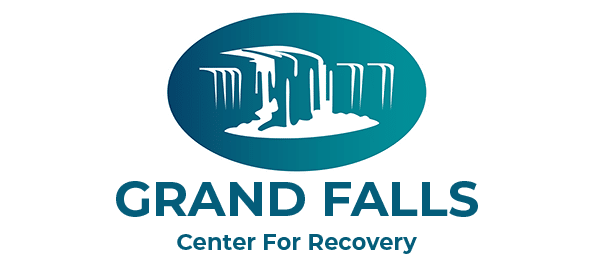Transitioning from a structured rehab environment to everyday life can be challenging for those in recovery. After completing drug or alcohol rehab, individuals face challenges like rebuilding routines, avoiding triggers, and managing newfound sobriety.
That is why we at Grand Falls Center for Recovery emphasize aftercare planning to provide ongoing resources and support for those leaving rehab. For many, halfway houses and recovery houses are essential components of the transition process, offering safe and structured environments to maintain the progress achieved during addiction treatment.
What are Halfway Houses and Recovery Houses?
Halfway houses are transitional living facilities designed to support individuals reintegrating into society after completing a structured program such as addiction treatment or incarceration. These homes often have specific eligibility requirements and are typically funded by government or non-profit organizations.
Residents must adhere to strict rules, including curfews, mandatory attendance at recovery meetings, and employment or volunteer work requirements. The focus is on accountability and providing a stepping stone to independent living while reducing the risk of relapse.
Recovery houses, on the other hand, are private or community-based residences that provide a supportive living environment for individuals in recovery from addiction. Also known as sober living homes, they cater specifically to those seeking a sober lifestyle after completing drug or alcohol rehab.
Unlike halfway houses, recovery houses are often less restrictive and emphasize peer support, creating a community where residents can connect with others who share similar experiences. While there are still rules in place, such as maintaining sobriety and contributing to household responsibilities, recovery houses often allow more personal freedom than halfway houses.
Main Differences Between Halfway Houses and Recovery Houses
While halfway houses and recovery houses share the common goal of supporting individuals in addiction recovery, they differ in certain ways including:
- Funding and management – Halfway houses are often funded and regulated by government programs or non-profits, while recovery houses are typically privately owned or community-run.
- Rules and restrictions – Halfway houses tend to have stricter rules such as curfews and mandatory employment while recovery houses offer more flexibility, allowing residents to focus on personal growth and peer relationships.
- Eligibility requirements – Entry into a halfway house may require a referral from an addiction treatment center or proof of program completion. Recovery houses are generally open to anyone committed to sobriety, regardless of their treatment history.
- Focus on community – Halfway houses prioritize reintegration into society through employment and accountability measures whereas recovery houses place a strong emphasis on fostering a supportive community among residents.
Transition to a Life Beyond Rehab
Understanding the difference between halfway houses and recovery houses is key to making informed decisions about aftercare. At Grand Falls Center for Recovery, we prioritize your long-term success by offering comprehensive addiction treatment services and guidance for transitioning into a stable, sober lifestyle.
Whether you’re seeking drug rehab, alcohol rehab, or aftercare planning, our expert team is here to support you every step of the way. Feel free to get in touch with us to learn more about our admissions process and the addiction treatment programs we offer.

